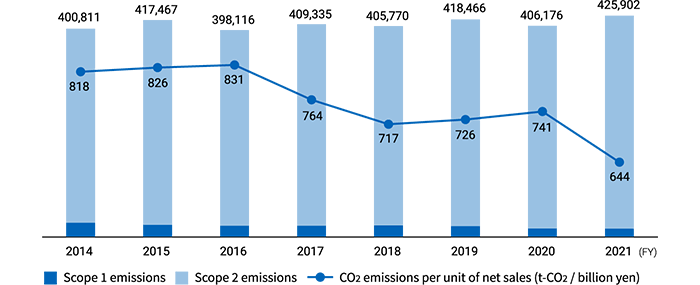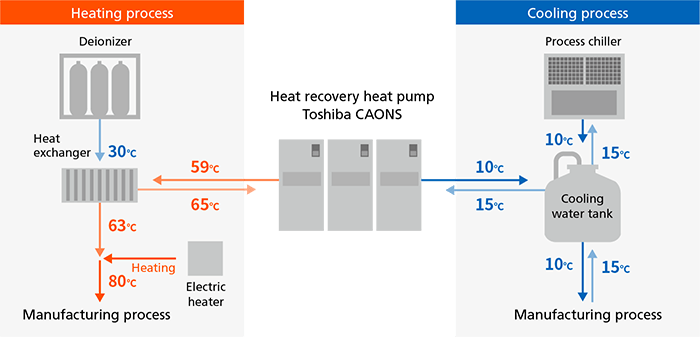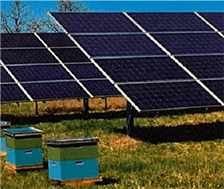The HOYA Group is globally conducting its environmental protection activities, in which attempts are being made to reduce CO2 emissions by paying special attention to its "energy consumption."
In order to accelerate initiatives to reduce greenhouse gas (CO2) emissions, we have started conducting studies and holding discussions internally on the medium- and long-term targets and roadmaps for the HOYA Group. For fiscal 2022, we are implementing measures tentatively targeted at reducing annual emissions by 1% (compared to fiscal 2019 level) until our medium- and long-term targets are set.
In fiscal 2021, HOYA’s CO2 emissions (Scope 1 and 2 emissions) amounted to 425,902 tons, up 4.9% year on year and up 1.8% compared to its fiscal 2019 level. On the other hand, CO2 emissions per unit of net sales are on a downtrend. We will continue to accelerate our initiatives so that we can successfully reduce not only CO2 emissions per unit of net sales but also total CO2 emissions.
| t-CO2e | Unit | FY2014 | FY2015 | FY2016 | FY2017 | FY2018 | FY2019 | FY2020 | FY2021 |
|---|---|---|---|---|---|---|---|---|---|
| Scope 1 emissions | t-CO2 | 27,374 | 23,346 | 21,489 | 21,466 | 22,379 | 20,738 | 16,374 | 15,997 |
| Scope 2 emissions | t-CO2 | 373,437 | 394,121 | 376,627 | 387,869 | 383,391 | 397,728 | 389,802 | 409,905 |
| Total | t-CO2 | 400,811 | 417,467 | 398,116 | 409,335 | 405,770 | 418,466 | 406,176 | 425,902 |
| CO2 emissions per unit of net sales |
t-CO2 per billion yen |
818 | 826 | 831 | 764 | 717 | 726 | 741 | 644 |
Note that the CO2 emissions are calculated, for each of the production bases*1, from the electric power and fuel consumptions as determined by the summation formulas standardized for the whole HOYA Group.
*1 Some of non-production bases are included

In November 2021, HOYA declared its support for the recommendations by the Task Force on Climate-related Financial Disclosures (TCFD) and joined the TCFD Consortium. Currently, we are working on the task of disclosing information related to climate change in accordance with the TCFD recommendations.
At production bases, we are replacing facilities with energy-saving types (such as adopting ice thermal storage systems and high-efficiency transformers), conducting energy-saving activities (such as optimizing the operating hours of boilers and air-conditioning equipment) and promoting roof-greening, etc. We are also endeavoring to suppress CO2 emissions from non-production bases by such means as introducing casual wear, adjusting the indoor temperature appropriately and implementing efficient lighting in offices.

